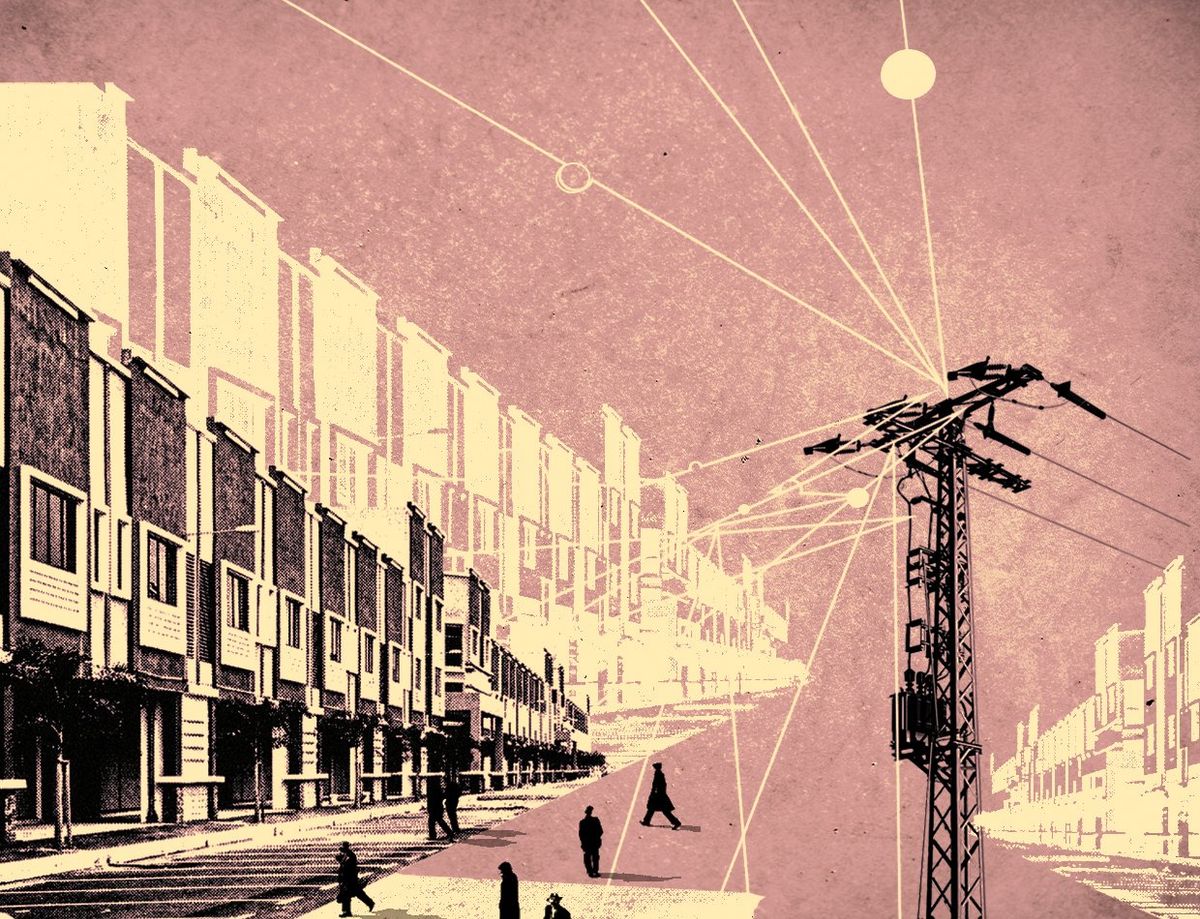The future of cities as we know them is changing, moving rapidly toward a smart-city model. The infrastructure used to advance smart cities is already being built.
Cities are using technology to automate services. For a smart city to function smoothly, advanced technologies gather data from multiple sources such as smartphones and sensors connected to high-speed networks. Computers then use artificial intelligence and deep learning to analyze that data and predict trends for the city.
Popular uses for smart-city technology include traffic enforcement, traffic control, and waste management. License plate–recognition technology, for example, can identify vehicles of interest that are breaking traffic rules. Deep-learning algorithms can help regulate traffic by predicting congestion. Carbon emissions can be lowered by informing drivers about delays and providing alternate routes. Using AI programs, waste-management companies can quickly sort recyclables and monitor the fullness levels of waste containers, avoiding overflows.
Improving health care, transportation, and security
To help smarten up cities requires training—which is why IEEE offers a five-course eLearning program, Smart City Technologies: Transformation of Cities, which teaches the fundamentals of how to transform a municipality to improve health care, transportation, energy, and security. This course program was created by IEEE Educational Activities, with the endorsement of IEEE Communications Society.
Topics covered include:
- History and social impact. Understanding the history behind smart cities lays the foundation for the development of more efficient ones. The course discusses different smart cities around the world and how they developed, along with how the changes have impacted daily life. Those taking the class will better understand the influence smart cities have on society as a whole and the role of smart technologies in achieving future goals.
- Advancing health care systems. Medical professionals must be adequately informed about the technologies needed to digitally manage health data, and how systems work together to enhance patient care. This course examines important technologies including 3D printing, robotic surgery, and telemedicine. It also discusses the importance of secure health data management and methods to ensure that safety.
- Transportation. A smart city relies on intelligent transportation system technology, which students can learn to develop, taking into consideration features such as road safety, parking, and traffic management.
- Energy distribution. There are multiple management systems to accommodate the sustainable energy distribution needs of smart cities. Smart-grid technology is one solution. This course explains sources of sustainable energy and ways to manage energy efficiently in homes and businesses.
- Data privacy and security. Integrating technologies on one platform increases efficiency, but it also makes smart cities more vulnerable to attacks. This course covers the different types of cyberattacks and data breaches, as well as their impact on people’s safety and privacy. It explores ways to prevent attacks to ensure privacy, cybersecurity, and safety in smart cities.
Individuals who take the program can earn up to 0.5 continuing-education units or five professional-development hour credits. Visit the IEEE Learning Network to see member and nonmember pricing.
Institutions interested in the program can contact an IEEE account specialist to learn more.
This article appears in the December 2023 print issue as “Transform Your City Into a Smart City.”
- Treat Smart City Tech like Sewers, or Better ›
- IEEE Smart Cities Initiative Works to Help More Municipalities Modernize ›
- Coral Gables’ Smart-City Strategy ›
- Get Up to Speed on AI, IoT, and Smart Grid - IEEE Spectrum ›
- Stay Current on How VR and AR Could Impact Your Industry - IEEE Spectrum ›
- Smart Emergency Responses to Severe Weather - IEEE Spectrum ›
- Smart City Data Walks Reveal Privacy Concerns - IEEE Spectrum ›
Danielle Cann is the digital marketing intern for IEEE Educational Activities. She is currently studying marketing and management information systems at Clemson University, in South Carolina.



